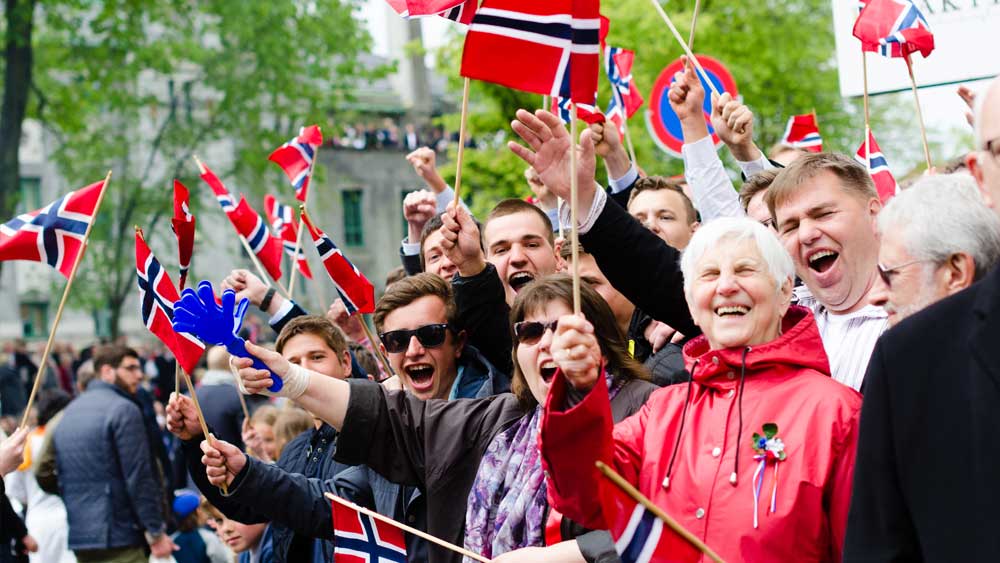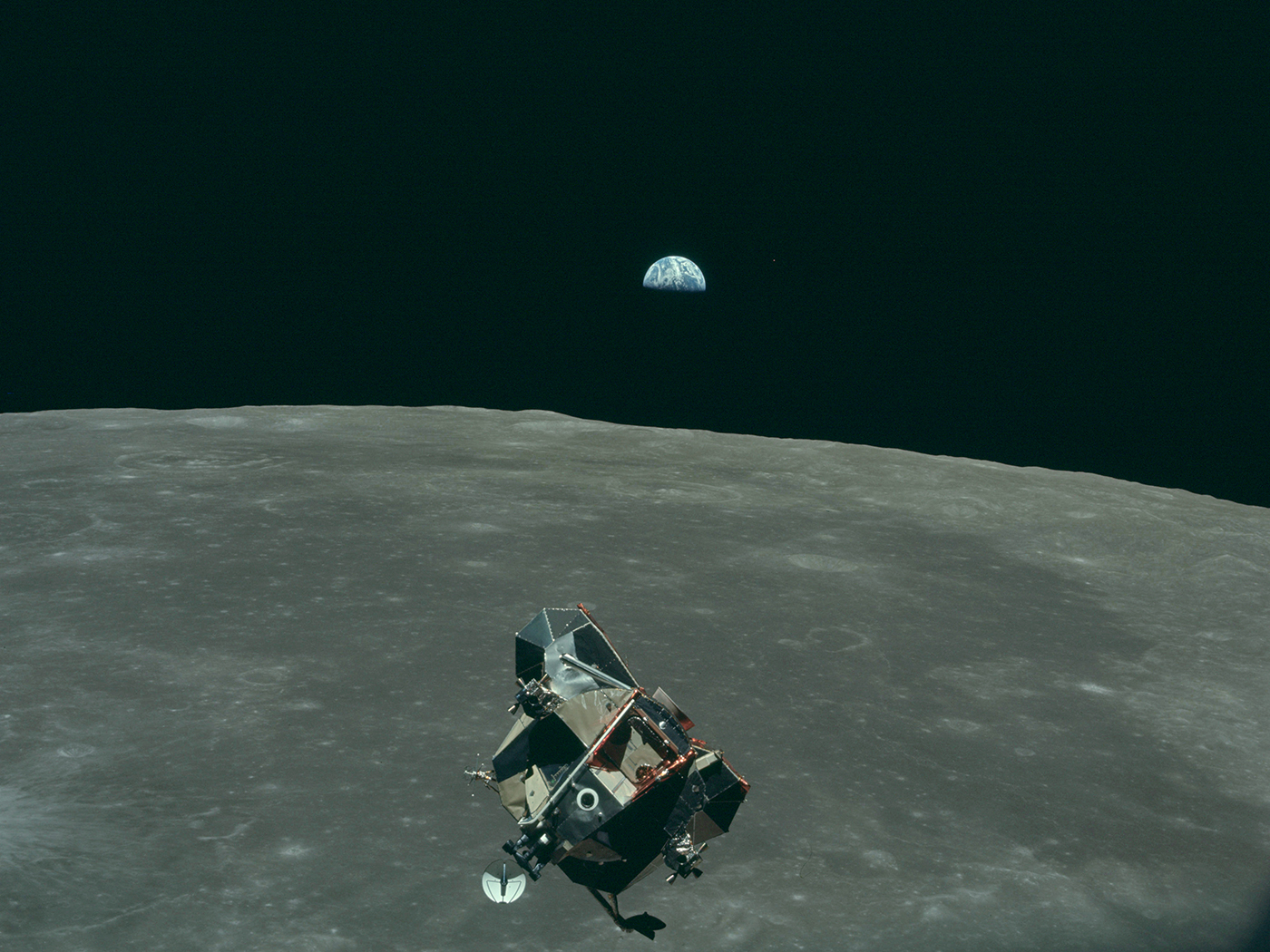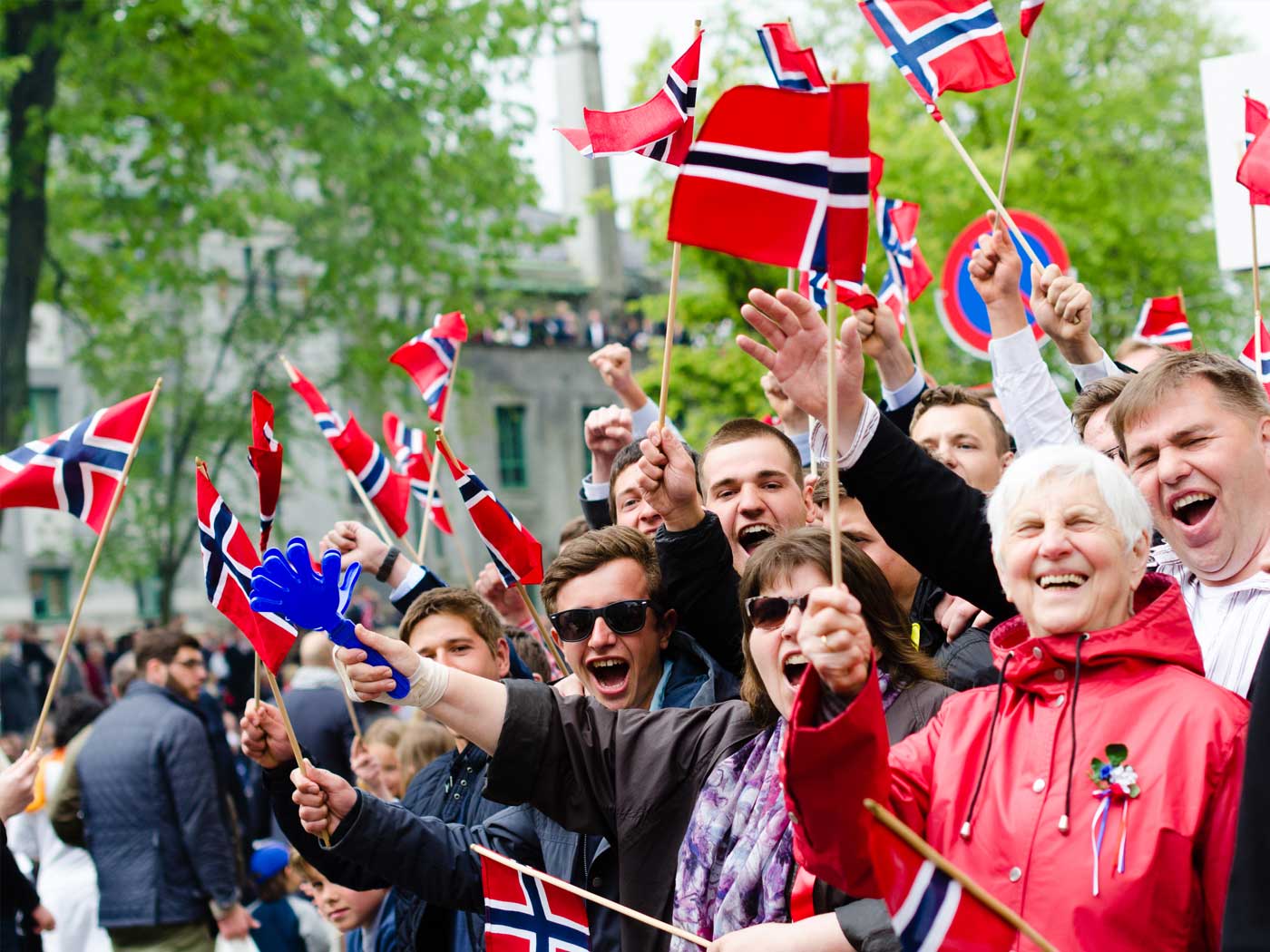Norway's Constitution Day celebrations on May 17 usually see Norwegians shake off their reserved shells to enjoy one big, national party. In the capital, Oslo, thousands of people fill Karl Johans gate [which is the main street in Oslo] to watch a parade of children from local schools wave to the Royal Family, all accompanied by the sound of marching bands. Except this year. With major events banned until mid-June under Norway's emergency measures brought in to limit the spread of the coronavirus, the parades cannot go ahead.1
This departure, from multi-generational patriotic ceremony, illustrates how disruptive the coronavirus pandemic and its social aftermath has been, quashing or restrictively suppressing some traditional holidays and festive customs. Yet some are inventing workaround alternatives for keeping traditions in new ways.
Perhaps the most obvious example of a disrupted holiday tradition is Sunday church attendance.
Among Christian churches, for almost 2000 years, Sunday has been recognized as a Christian holy day—a holiday—usually treated differently from the other six days of the week. On Sunday, we commemorate and appreciate the historic fact that the Lord Jesus Christ rose from the dead on the “first day of the week.”2
Accordingly, Sunday worship gatherings are, in effect, a weekly holiday.3 But how is that tradition being observed nowadays?
In America, Christian churches have taken different approaches to staying connected during recent weeks and months because of interruptions by the coronavirus pandemic and the reactive governmental mandates.4 Some churches are focusing entirely (or almost entirely) on telecommunications-based connectedness, while others have prepared to carefully return to almost-traditional congregational worship, including drive-in worship gatherings.4,5
Of course, the “reopening” churches are—as an overall trend—prudently observing jurisdictionally applicable disaster mandates (with urban churches more impacted than rural ones). They are using planned-out programs to obey the mandate of Hebrews 10:25 to gather together, in balance with the need to show due respect for governing authorities.6
Christian churches are recovering and reopening with contagion-preventive qualifications. They are exemplifying the prudent protection of the Christian church’s in-person attendance tradition—in this case a Scripture-based tradition3—as a cautious rebound to today’s healthcare risks, controversies, and uncertainties.3-6 This is a third approach to practicing in-person church attendance, as opposed an “all-or-nothing” dichotomy of options.
But some third options seem disappointingly close to nothing. Specifically, this year’s May 17 is slated to become a patriotic tradition-breaking day in Norway. How can you celebrate Syttende mai in Norway without a gigantic parade of colorfully clad children waving flags as they march down Karl Johan’s Gate? Instead of parades, “local residents are urged to remain at home and follow the limited program of events on TV and online.” People may go to their balconies or enter the streets to join in a nation-wide rendition of their national anthem. “There will also be pop-up concerts with marching bands in different city districts throughout the day.” Residents may sing along as the bands pass, but must maintain a distance of 6 feet.1
Is this what America will be limited to this year on July 4?
Try to imagine that the Norwegians have never—in their century-plus history as an independent nation—had their ceremonial Syttende mai parade tradition banned. The only exception was the interruptive years of World War II under the oppressive military regime of Adolph Hitler and Vidkun Quisling.
Norway waited many years for their independence. Because even though Norwegian independence was declared in 1814, it did not arrive in practice until 1905. This is due to a variety of political complications.
Independence-planning meetings were held at Eidsvoll on May 16, 1814. The attendees discussed what to do politically, since the united kingdoms of Denmark and Norway were recently split as an outcome of a Napoleonic Wars treaty.7,8 Among other political actions, it was unclear who then had a legitimate right to rule Norway. The Eidsvoll assembly concluded, “It was up to the Norwegian people to decide how they would be governed and who would be their king.”8 On a second assembly held the next day, May 17, they unanimously elected Danish prince Christian Frederik as their king. Then they declared that May 17 would be celebrated as their day of independence. They took oaths and shouted “Hurrah!” as cannons were shot outside.6
But independence did not arrive until 91 years later. Immediately after Norway declared their independence, Sweden’s king, Karl Johan, opposed them, overruling the movement militarily. The result was the August War, or the War of the Cats. They were quickly overcome and ruled by the Swedish king. True independence did not arrive till 1905, when the dynastic “personal” union of Sweden and Norway ended, as the coërced king of Sweden quitclaimed the kingdom of Norway.8
Norway waited almost a century to gain their independence. No wonder they have enjoyed celebrating their national heritage every May 17 with flag-waving parades and festive celebrations.1,7,8
Virtual celebrations might be a pragmatic option, beyond the “all-or-nothing” choices of enjoying traditional ceremony or no ceremony, but it’s still likely that many patriotic Norwegians will feel cheated this year, as they sing in unison “Ja, vi elsker dette landet.” Translated, this means, “Yes, we love this land.”
References
1. Nikel, D. 2020. How Oslo Will Celebrate Norway’s National Day Under Coronavirus Restrictions. Forbes. Posted on forbes.com April 23, 2020, accessed May 3, 2020.
2. Matthew 28:1; Mark 16:1-9; Luke 24:1; John 20:1-2; Acts 20:7; 1 Corinthians 16:2.
3. Morris, H. M. 1995. First day of the week (Footnote to Acts 20:7), The New Defenders Study Bible. Nashville, TN: World Publishing, 1678. Church gatherings are part of the normal operation of a local church, according to 1 Corinthians 16:2 and Hebrews 10:25.
4. On Fire Christian Center, Inc. v. Fisher, Mayor, and City of Louisville, Kentucky, Case 3:20-cv-00264-JRW (W.D. Ky. 2020, per U.S. District Judge Justin R. Walker) (TRO and judicial opinion filed April 11, 2020). Accessed April 11, 2020. See also Cadigan, M. Louisville Church Gets Restraining Order, Hosts Drive-in Service. Spectrum News 1. Posted on spectrumnews1.com April 12, 2020, accessed April 12, 2020.
5. Bowling, T. 2020. Adjusting to Crisis with Renewed Purpose. COVID-19 News. Posted on ICR.org April 20, 2020, accessed May 4, 2020; Semidey, I. Staying Social during Social Distancing. COVID-19 News. Posted on ICR.org April 24, 2020, accessed May 4, 2020; St. John, S. Three positives from COVID-19. COVID-19 News. Posted on ICR.org March 29, 2020, accessed May 4, 2020.
6. Romans 13:1-7; Matthew 22:21; 2 Timothy 2:3, 3:1. Regarding “time-manner-and-place” restrictions on the right to peaceably assemble, see Clark v. Community for Creative Non-Violence, 468 U.S. 288, 104 S. Ct. 3065 (1984). New Testament Greek has different words for “power” (dunamis) and authority (exousia). Romans 13:1-7 refers to exousia (authority, i.e., the legitimate right to use God-ordained power). Of course, God is infinite in both power and authority.
7. Johnson, J. J. S. 2017. Norwegian Heroes who Loved God and Loved their Fellow Man: Colonel Ole Bie and Hans Nielsen Hauge. Syttende Mai Lecture Series. Norwegian Society of Texas, Arlington, Texas, May 20, 2017, page 11.
8. Yilek, J. A. 2015. History of Norway. Shelbyville, KY: Wasteland Press, 129-183, with quotations from 132, 137.
*Dr. Johnson is Associate Professor of Apologetics and Chief Academic Officer at the Institute for Creation Research.
























